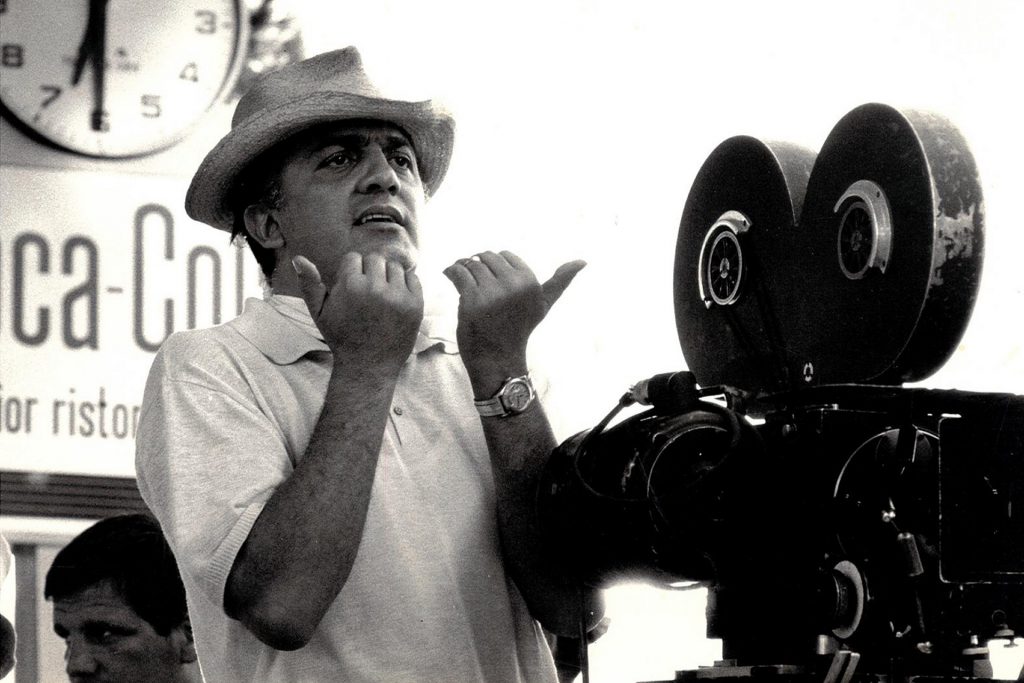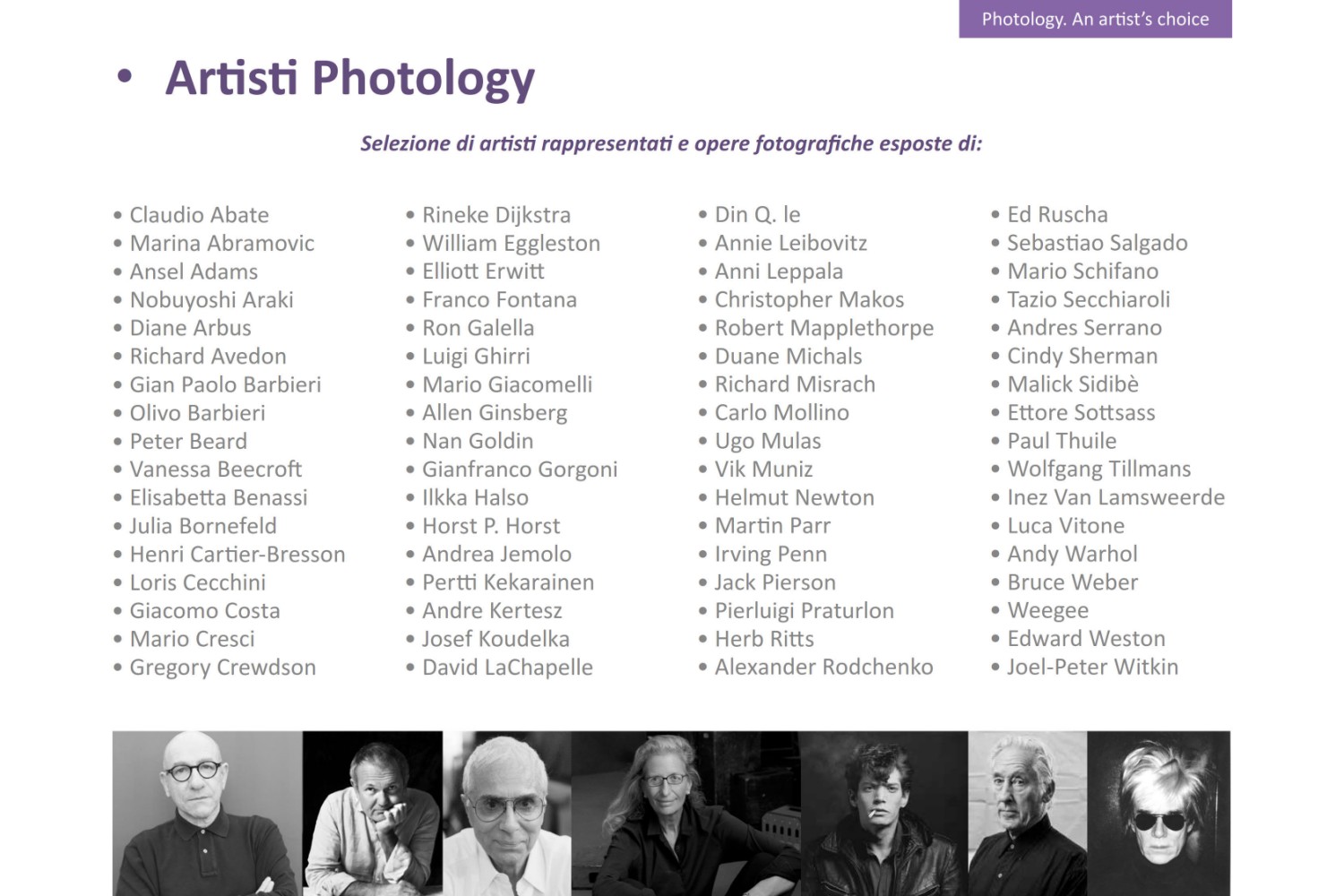“Como México no hay dos, say with a mixture of pride and melancholy, because while they say that Mexico is unique, they think that this is bivalent: for better or for worse. And someone adds: Si no eres mexicano no puedes entender, without any arrogancer vainglory in declaring it, if anything, a sense of fatalism, being only a finding, because Mexico, as well as inimitable, remains sometimes incomprehensible to those Mexican is not. And if there is one thing that Mexico has taught me, it is precisely this: the reality is not unique and interpretable according to preconceived patterns, but multiform, multidimensional, changing and ephemeral – so similar to evanescent superimposed images… – sometimes elusive, and when we “Westerners” do not understand a reality, we exclaim the word “magic”. Moreover, André Breton said: Mexico is instinctively surrealist.
Learning, along the way, not to pretend to explain what I saw, meanwhile… I took pictures, wandering far and wide for over forty years. Thousands of fragments of a kaleidoscope of memory, also to grasp the aspects less understandable, occasionally funny or even grotesque but only because, decontextualizing them once back “home”, they were alienating, symbolic of that reality that, To me, it took years before you accepted the surrender: Mexico demands precisely this, an unconditional surrender that leads you to admit that you will never understand the country and the Mexicans. Photos taken as a souvenir, to stop the moment in a certain emotional situation. For example: one night in the mid-80s I was in Veracruz, in a period of great indecision about what to do with life, I put the old Canon on a pier wall and left the diaphragm open for a few seconds, and meanwhile I only saw the lights of the city in total darkness, Then, when I had that film of a slide developed in Mexico City, the face of a giggling devil appeared in the black sky. My demon mocking what I thought were insurmountable problems…
In those days of 1985 I finally found the tomb of Tina in the huge main cemetery of Mexico City, the Panteón de Dolores, vast as a city of seven hundred thousand inhabitants, how many are her tombstones: I was the first to do so after her death in 1942. No one remembered that she was buried there. It was not easy to find her coordinates on the dust-covered logs over forty years old. The headstone was covered with weeds, which I tore for hours. I photographed her “before and after” the brief cleaning. Thirty years later, I returned there, and the tomb had been restored, but irretrievably ruined by time: its profile engraved in worn-out stone, the words of Neruda’s poetry barely guessed. And I took some pictures in the rain. Memories, appearances, ghosts… Basically, the meaning, the essence, the reasons why I always took photographs of the Mexican reality, so… to unreality.”
Pino Cacucci, Bologna, 2024



